The Rock Forests of Tsingy de Bemaraha, Madagascar
One of most important highlights of our Madagascar trip was the adventure in the Rock Forests of Tsingy de Bemaraha. The sheer effort in climbing the ‘forest’ to the ‘canopy’ and the reward of the scenic wonder at the top make up an exciting adventure and an unforgettable memory.
Check out excerpts from our video blog on the Grand Tsingy. The Rock forests of Tsingy de Bemaraha.
About the Rock Forests of Tsingy de Bemaraha
The Tsingy de Bemaraha is a UNESCO World Heritage site – deservedly so. The ‘alien’ looking geological characteristics and the endemism of the organisms that have survived in harsh conditions, both contribute to this designation as a valued and protected site.
To quote UNESCO – I possibly couldn’t express it better!
“the spectacular expression of a stage of evolution of the earth in the form of a ‘forest of sharp stones’ with high limestone pinnacles rising up to 100 metres, forming veritable cathedrals, offering a grandiose, spectacular natural landscape’
“rich biological diversity on a world level, due to its faunal and floral species, their rarity and containment presenting spectacular adaption and insular characteristics, enabling the conservation in situ of endemism and biological diversity”
The Tsingy rock forests are unique geological formations found only in Madagascar. The Tsingy de Bemaraha in West Madagascar is the largest of such formations at around 85,000 hectares in size. You will find more Tsingys in Madagascar – e.g. the Grey Tsingy in Ankarana (northern Madagascar). The other ‘Tsingy’ is the Red Tsingy near Amber National Park (northern Madgascar). The Red Tsingy however, is not a similar geological formation. The pinnacles look the same – but the Red Tsingy is made of mud and not solid rock like the Grand Tsingy of Bemaraha.
For more information check out the Madagascar Tourism website.
What is the Tsingy and how did it form?
The Tsingy is a geological formation of limestone rocks. It is called a ‘forest’, despite the scant vegetation that is found there, due to the appearance of the tall rock pinnacles rising from the ground.
The formation of the Tsingy began some 200 million years ago when layers of calcite at the bottom of a lagoon formed a thick limestone bed. Later, tectonic activity elevated the limestone, and as sea levels fell during the Pleistocene ice ages, even more of the limestone was exposed. No longer underwater, the ancient sediments were carved by monsoon rains, which washed softer rocks away and left tougher rocks standing. Meanwhile, groundwater carved caves below the surface. As cave ceilings gave way, canyons formed between rocky towers.
In Malagasy, “tsingy” means “where one cannot walk barefoot.” And truly so, it is impossible to traverse the Tsingy without substantial assistance. The rocks can be very sharp and the pinnacles make it very difficult to find footholds.
Climbing the Tsingy
The beauty of the Tsingy can be appreciated on top of the formation. Walking in the canyons / ground gives no idea of its structure and the scale. So, a climb to the ‘canopy’ is required. However, the pinnacles are narrow and long with extremely sharp edges. Hence, the climb will always be steep and difficult. There is basic assistance in the form of steps (crude) cut into the rocks. In addition, there are mandatory body harnesses that need to be hooked to hooks and wire supports at different stages of the climb. All this means that if you are very scared of heights or if you are not in good physical condition, this destination is not meant for you! Having said this – in our group – we had a 9 year old and a 66 year old! Both managed the adventure with flying colours!
Another highlight of the Tsingy is the suspension bridge at the top in the middle of your adventure. Walking on top of the Tsingy, at one place there is a deep canyon. The suspension bridge made of wood and metal wires is not a solid structure; it is rather a ‘hanging’ bridge prone to ‘shakes’. So, any bit of acrophobia and lack of ‘trust’ in Malagasy engineering will make this simple experience terrifying!
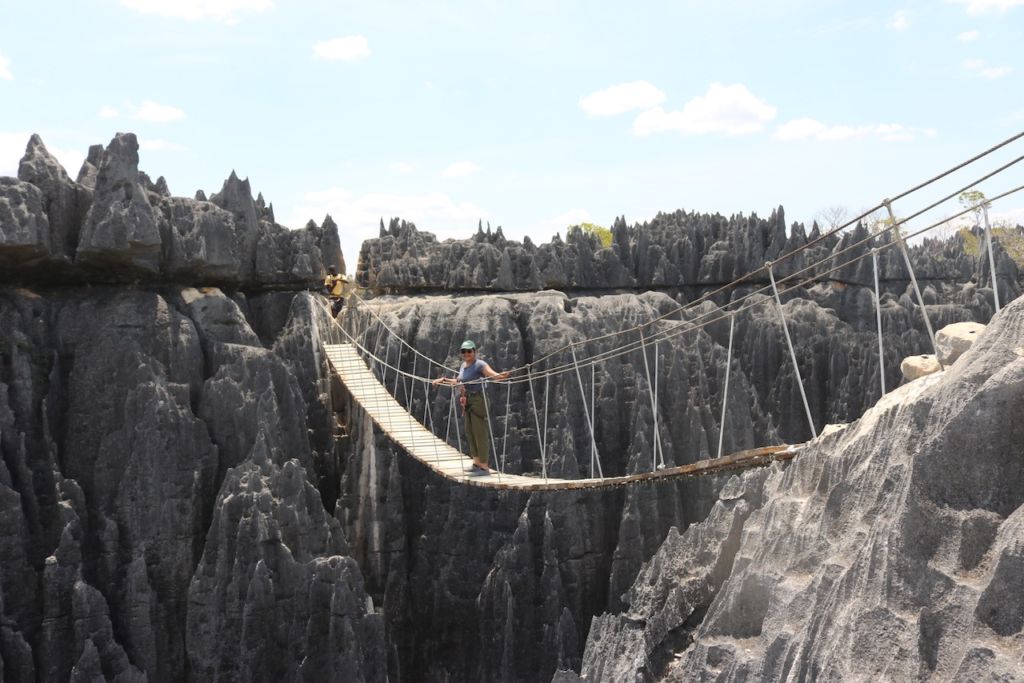
Wildlife of Tsingy de Bemaraha
The desolate, rugged and barren look of the Tsingy from the top can be quite deceptive. It may appear that this region is bereft of flora and fauna. The surprise is that the crevices, caves and canyons of the Tsingy host a spectacular array of animals and vegetation. Not only this – most of the species found here are endemic i.e. unique only to this area. Nearly 85% of the species found here are not found anywhere else in the world. Furthermore, 47% are exclusive only to a ‘particular’ area of the massif! Nearly 400 animal species (mammals, birds, reptiles, amphibians) are listed in the park, and no less than 900 native plants of the island grow there. Vegetation ranging from deciduous dry forest to vast grasslands, bushes and wooden climbers abound in myriad locations of Tsingy mountain range.
Some of the mainline species include: 11 species of Lemur; 6 bird species; 2 local endemic amphibian species and 17 endemic reptile species.
In fact, much of the area beyond the national park boundaries is still unexplored, harbouring unknown species. Every new scientific expedition always brings about new discoveries; tiny frogs, long-legged lemurs, minuscule jumping rats, plants and flowers!
My trip highlight was a sighting (possibly – unless I have identified wrong) of the Western Red Forest rat (Nesomys lambertoni) – an endangered species and found only in these rock forests! What a high it is, to sight a unique animal found nowhere else in the world!
Check out our wildlife sightings in Madagascar in our Wildlife diary of Madagascar
What other experiences are possible in Tsingy de Bemaraha?
The main attraction of the area (or Madagascar) is the Grand Tsingy. It easily overshadows any other activity in the area. However, we would strongly recommend the ‘smaller’ experiences as well – when you visit Tsingy.
-
The Petit Tsingy
This is the overlooked small cousin of the Grand Tsingy. In fact, the National Park is divided into two sections; Petit and Grand Tsingy. While the limestone pinnacles of the Grand Tsingy can reach upto 100 metres in height; in Petit Tsingy, the pinnacles are only about 20 meters high. Hence, the name ‘Petit’ (small) Tsingy. It is a definitely a less spectacular experience – smaller both in terms of scale and area. Nevertheless, time permitting, you will not regret the short visit (about an hour!)
Check out our video on our visit to this small but lovely destination: Petit Tsingy
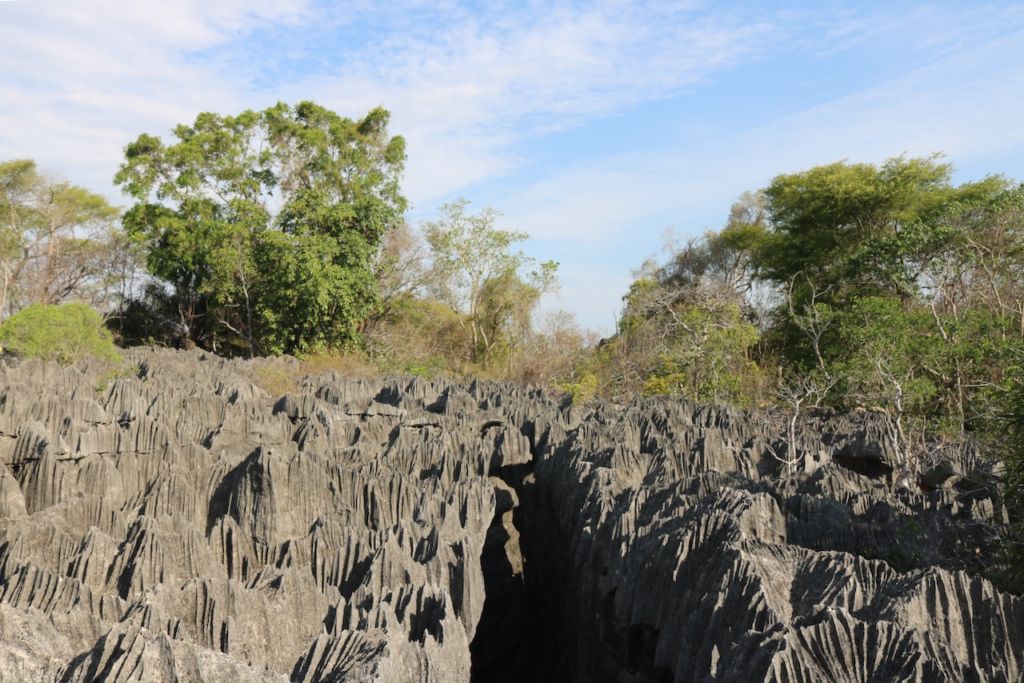
-
Canoe Ride on the Manambolo river – Riverscapes, caves, birding and burial sites
An early morning canoe ride on the adjoining River Manambolo is an exquisite experience! A pleasant short 2-3 hour activity on the local dug-out canoe (pirogue), I would definitely recommend it. The serene beauty of the river and the landscapes around it are amazing! In addition, it is possible explore dark caves with stalactite and stalagmite formations.
Also watch our Video Blog on the canoe ride: Canoe Ride on the River Manambolo
During the trip, you can also sight the funeral spots of the local tribes – where the dead are kept in inaccessible crevices along the cliffs.
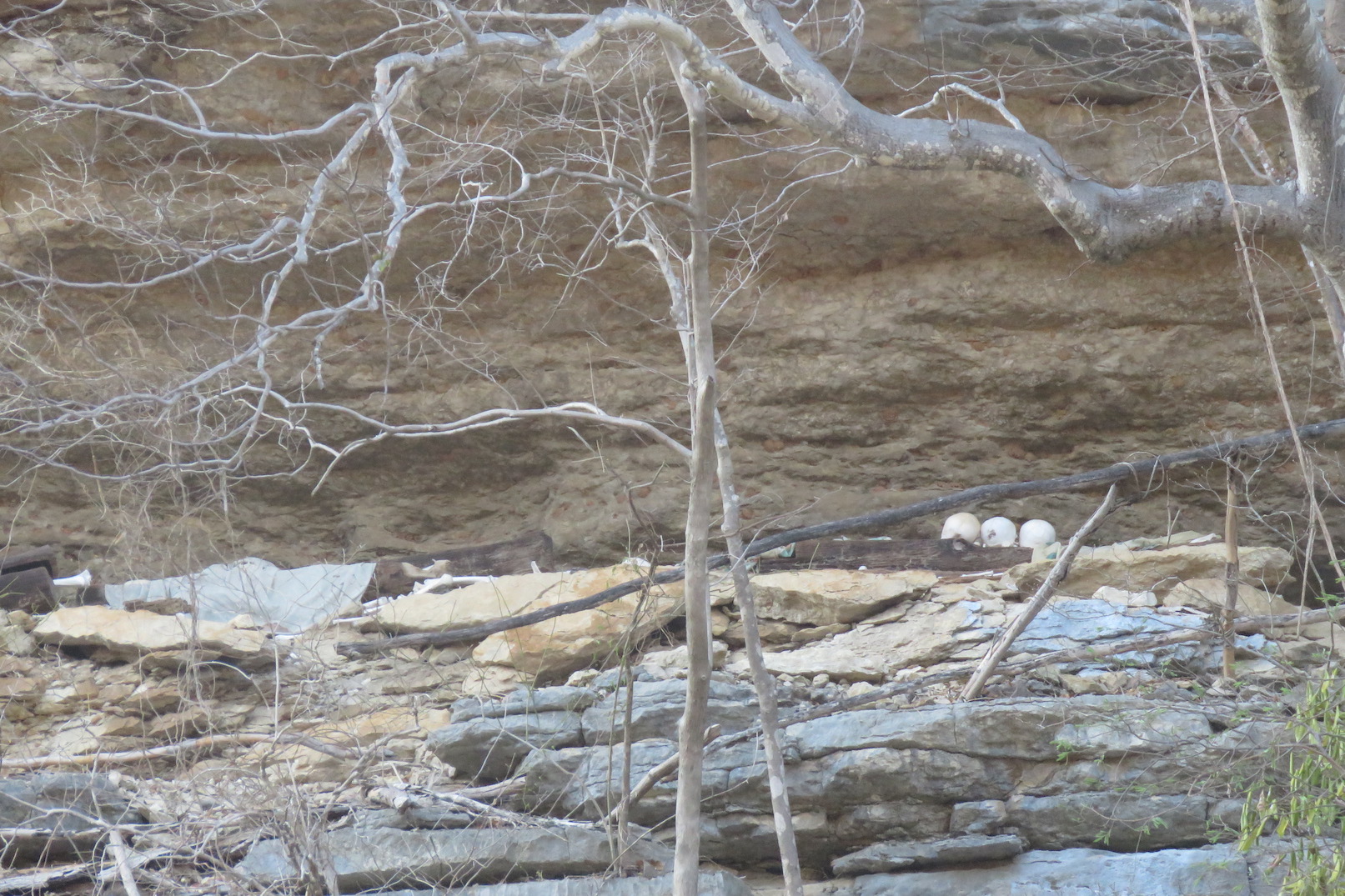
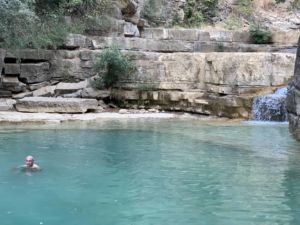
I was told that an overnight canoe trip can take you to an isolated spot with a heavenly ‘Paradise’ pool. Wish I had time for this! Reminded me of our earlier visit to the Paradise pool by the river Tsiribihina.
3. Forest Hikes
Instead of the normal walk to the Petit Tsingy, it is also possible to approach it through a short 2-3 hour hike through the forests of the National Park. The starting point of the trek is up the Monambolo river and would involve a short canoe ride in the beginning.
How many days visit is ideal? Planning for Tsingy
The very difficult approach (refer section below) to Bekopaka (the starting point for Tsingy de Bemaraha) makes it essential to spend a minimum of 2 nights staying in Bekopaka. Whether you are coming from Morondava or from Belo Sur Tsiribihina, it will take you the better part of the day just getting to Bekopaka.
The visit to the Grand Tsingy can be scheduled for the 2nd day. This is a half day activity – but the effort will leave you with little energy for anything else today!
The 3rd day would be the departure back to Morondava / Kirindy Private reserve.
Ideally, though, we would suggest a 3 night stay. The journey to and fro is quite tiring and the extended stay would ensure you have a less hectic trip. In addition, in a 3 night stay, you can bundle in the visit to the Petit Tsingy, the canoe ride and the forest hike as well!
How to get to Tsingy de Bemaraha?
The approach to any sight / destination in Madagascar would involve some sort of an arduous journey. Same goes for Tsingy de Bemaraha. Western Madagascar is home to the Tsingy, the famous Avenue des Baobabs and the redoubtable Kirindy Private reserve. In addition, you can spend a couple of days by the beaches of Morondava or the mangrove backwaters north of Morondava.
There are two approaches possible to plan for western Madagascar. The first is to fly from Tana to Morondava. The second is to come by road (which can take a full 2-3 rough days!). Alternatively, you can do part of the journey on a boat trip on the Tsiribihina river.
If you are coming by flight to Morondava, you will necessarily have to travel by road to Tsingy (Bekopaka). This journey will take you almost the whole day with two river crossings. Note there are no ‘bridges’ here and your car will be ‘ferried’ across the Tsiribihina and the Monambolo rivers.
If you are coming in by the river journey, you will alight from your boat at Belo Sur Tsiribihina and drive to Bekopaka. A shorter trip (as compared to the earlier flight option), but no less tiring!
Either ways, be ready for a gruelling journey on mud roads not mapped on Google maps! But, rest assured, the rewards of experiencing Tsingy are definitely worth all the hardship!

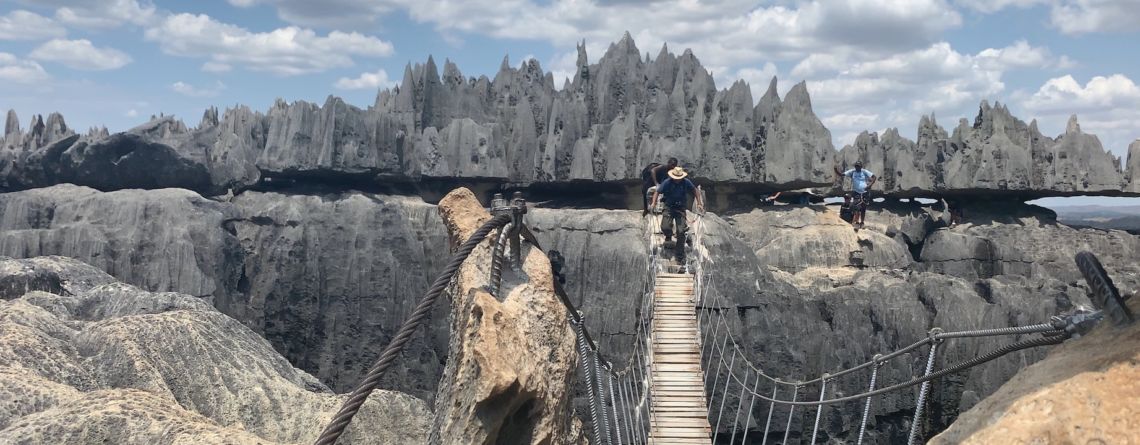
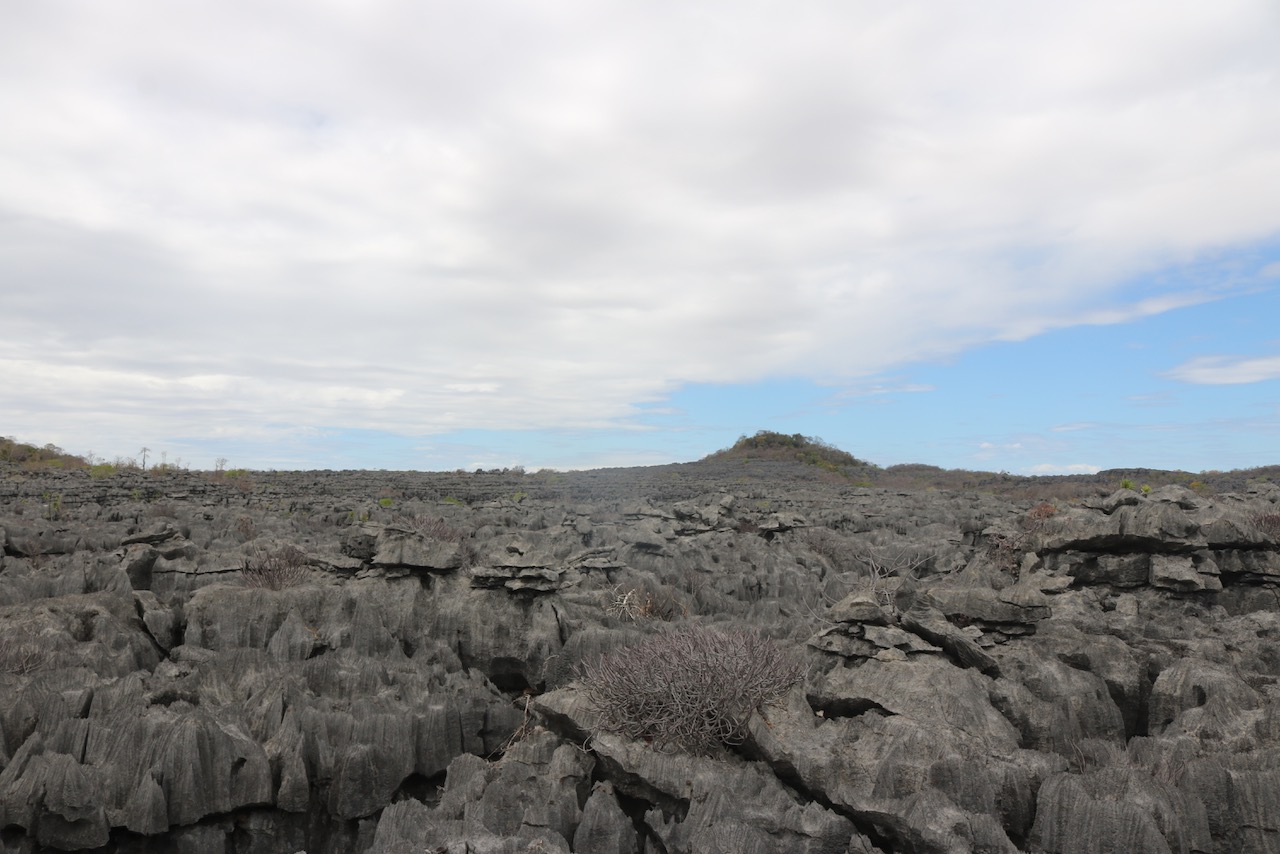
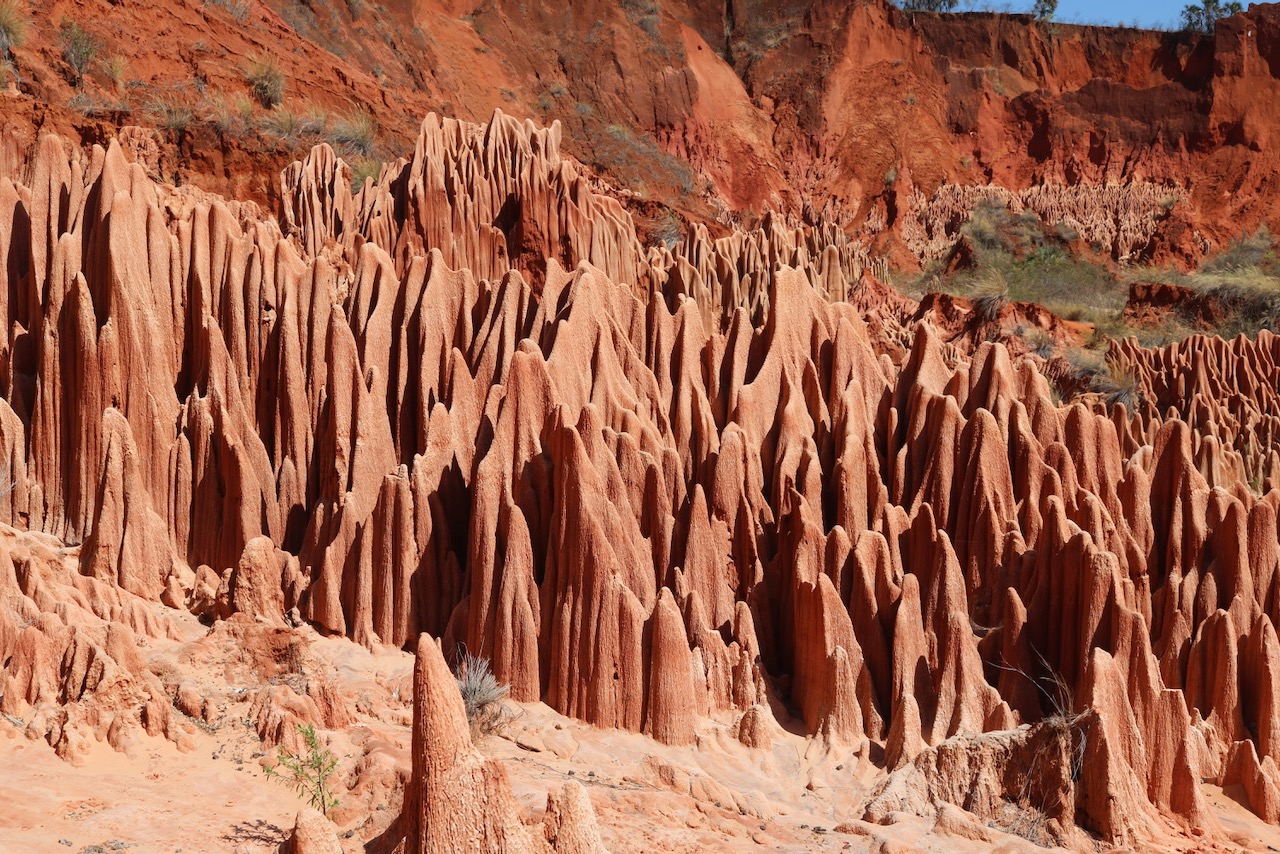
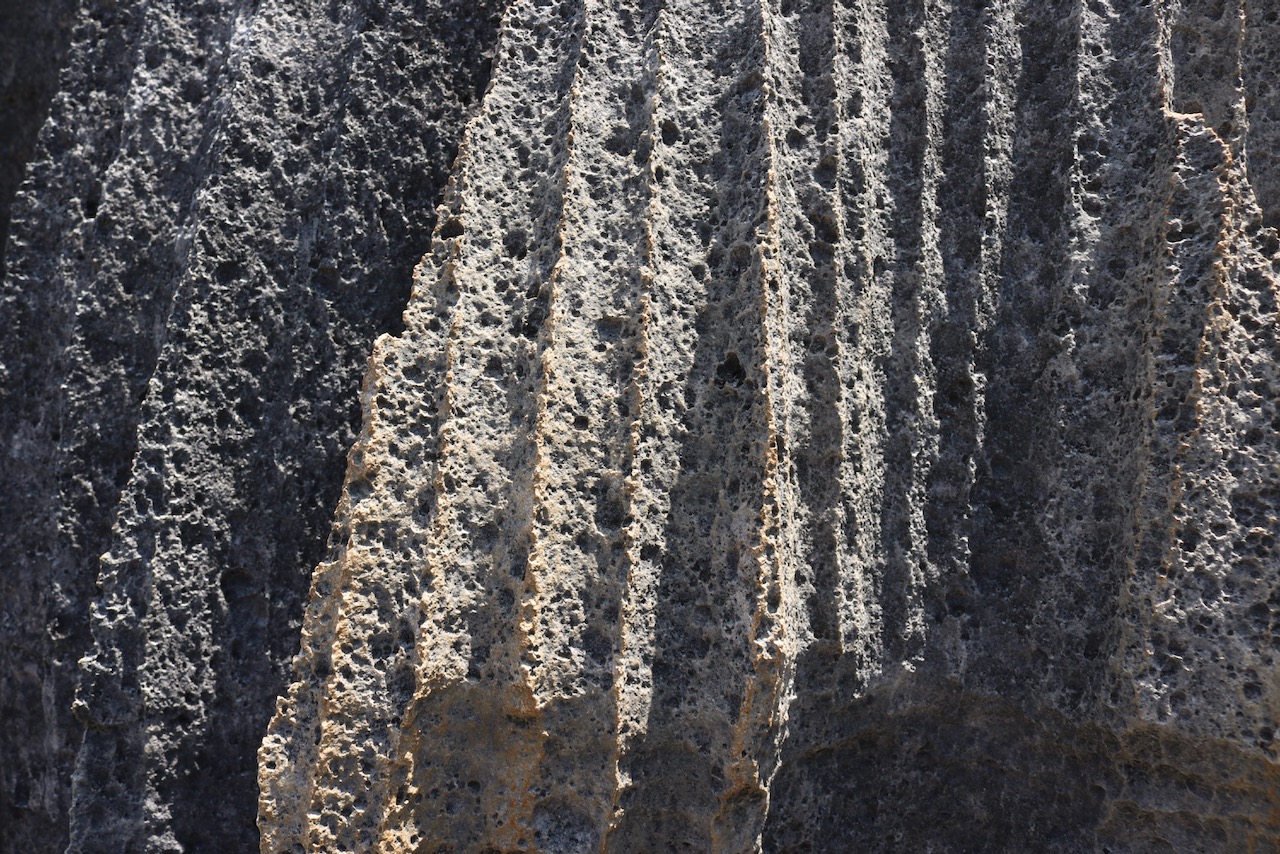
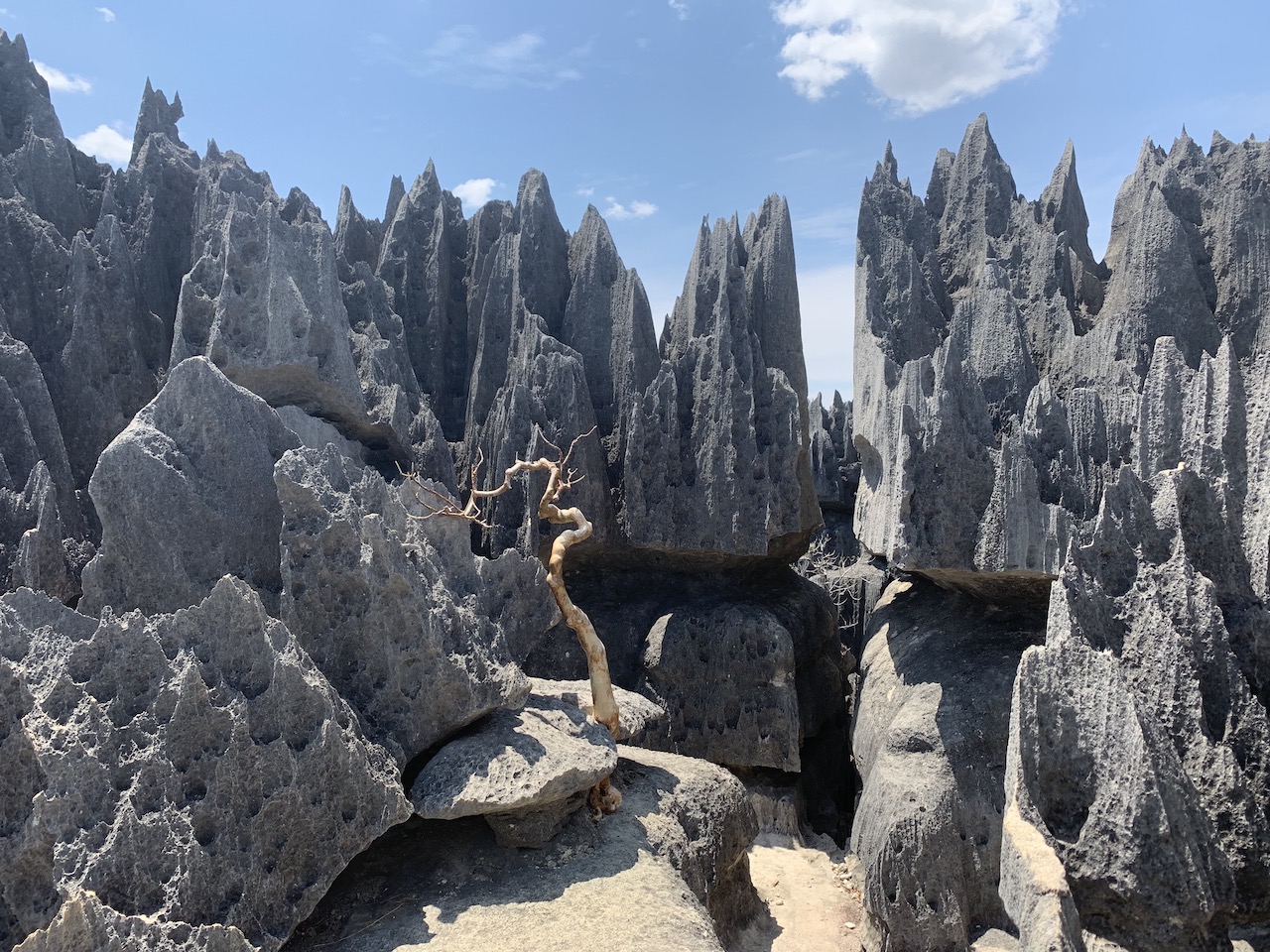
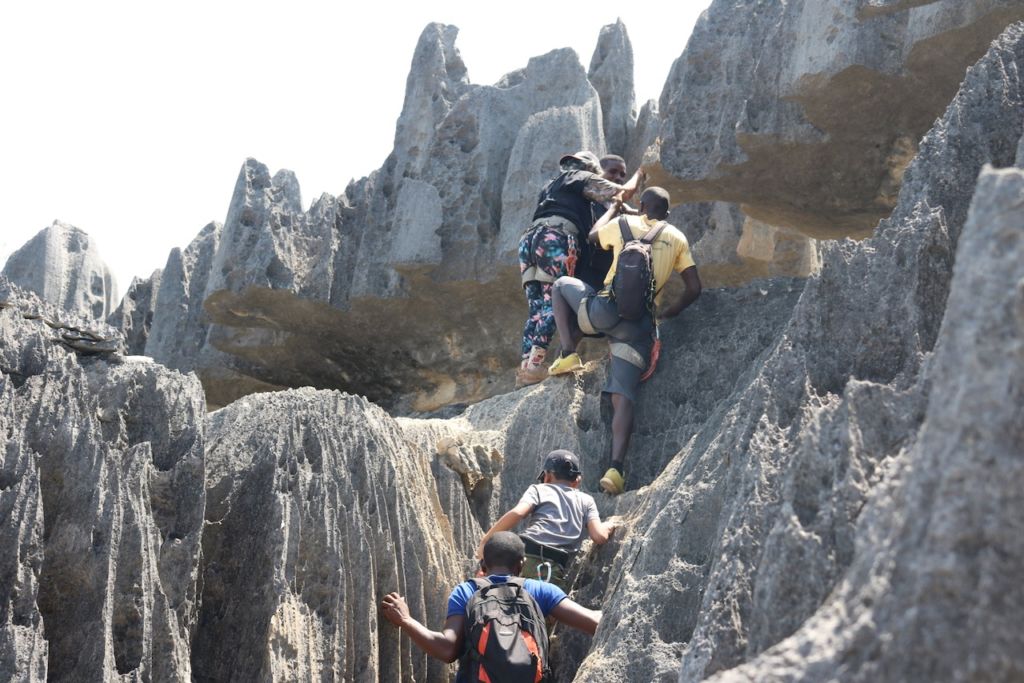
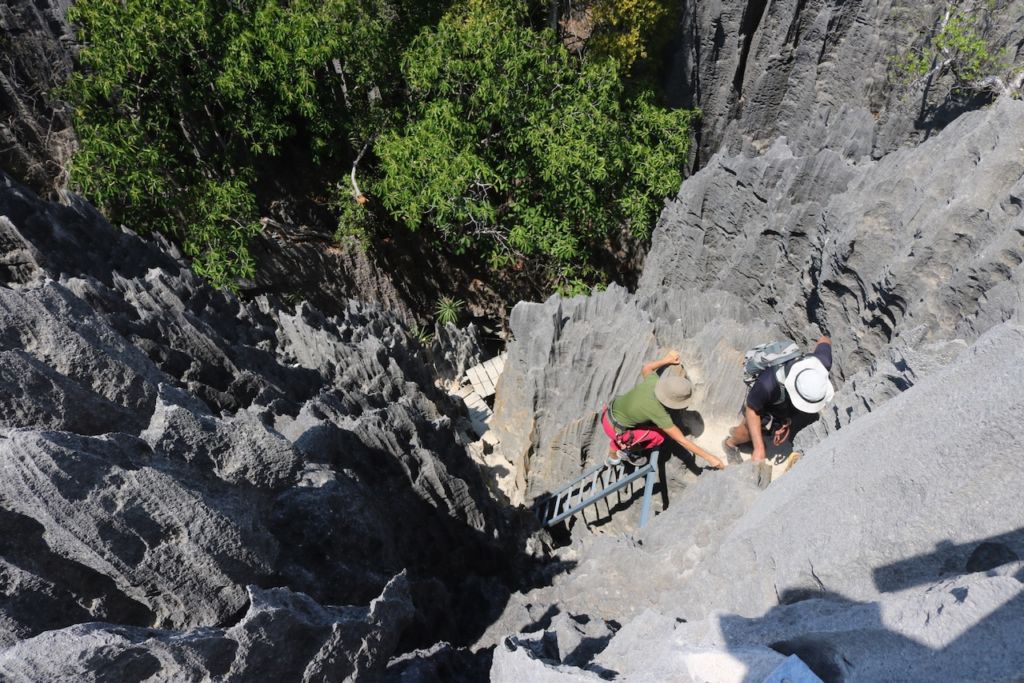
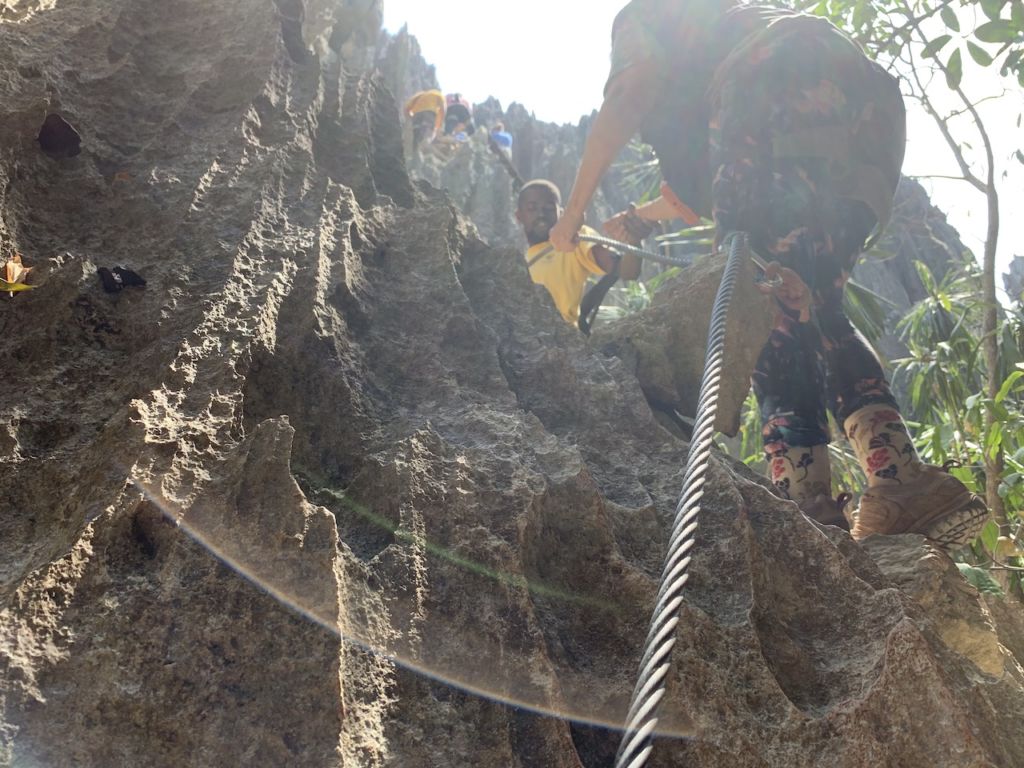
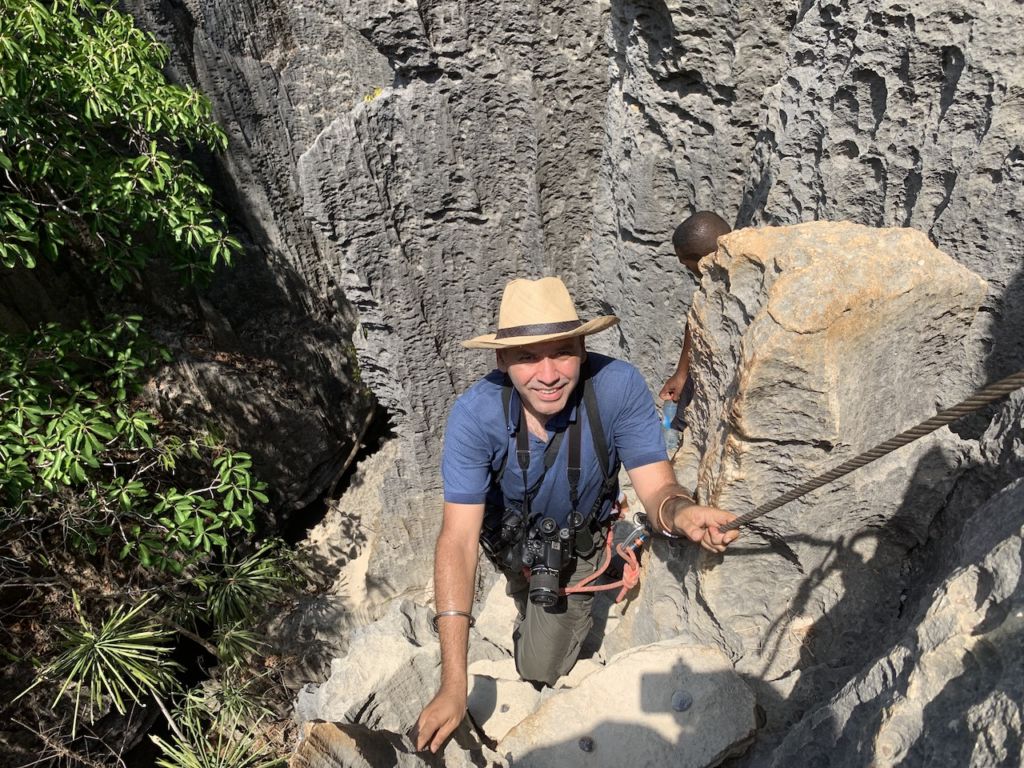





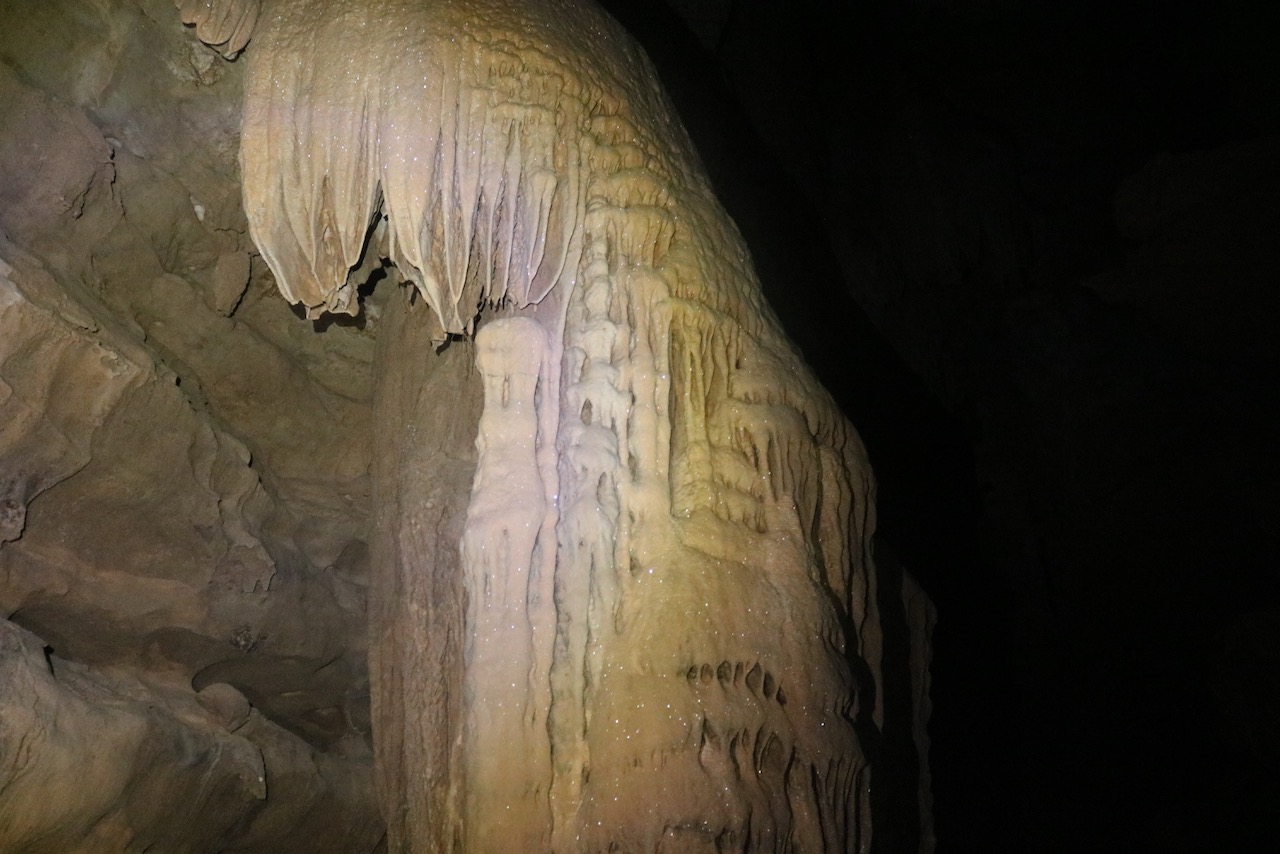
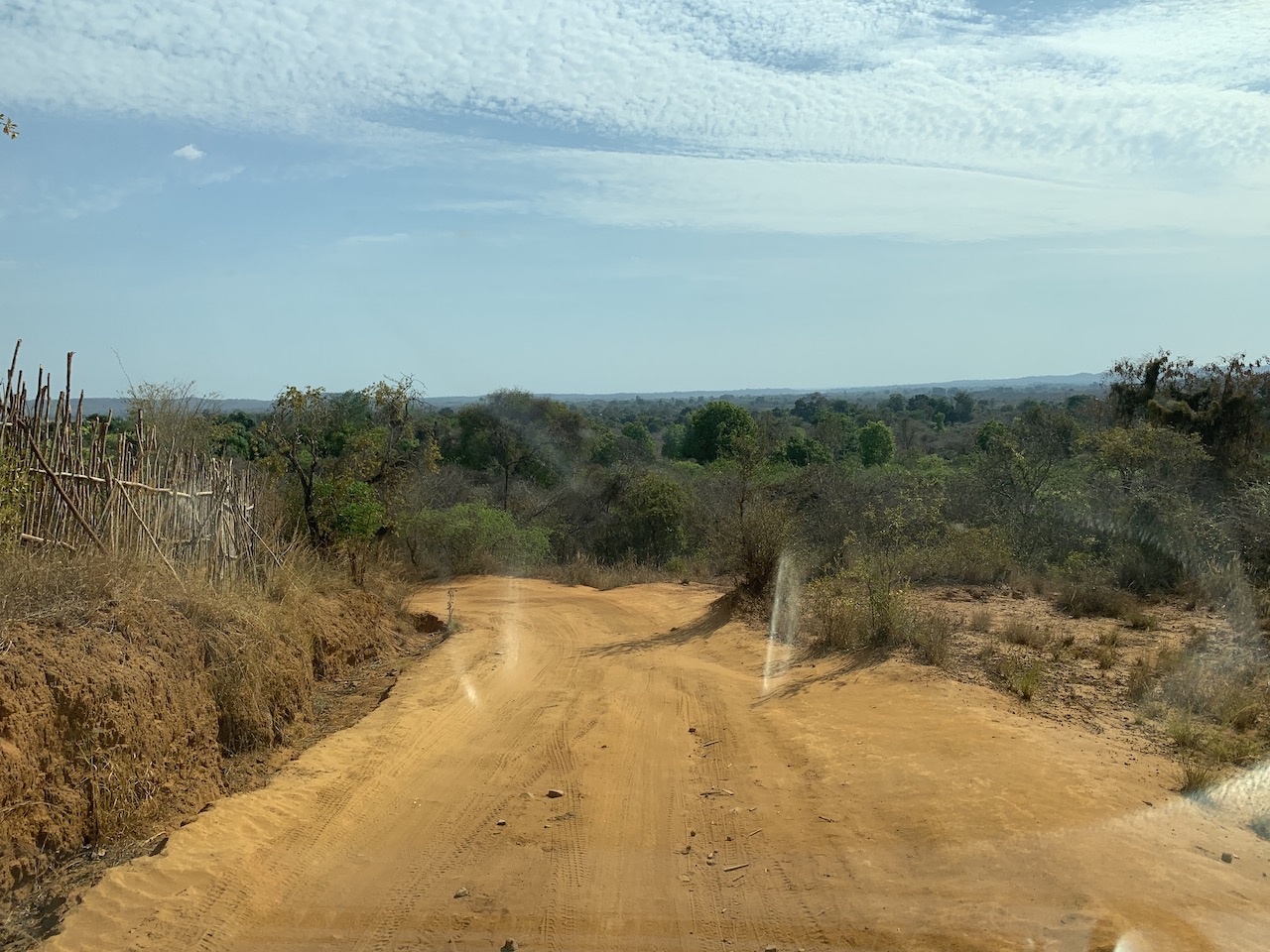
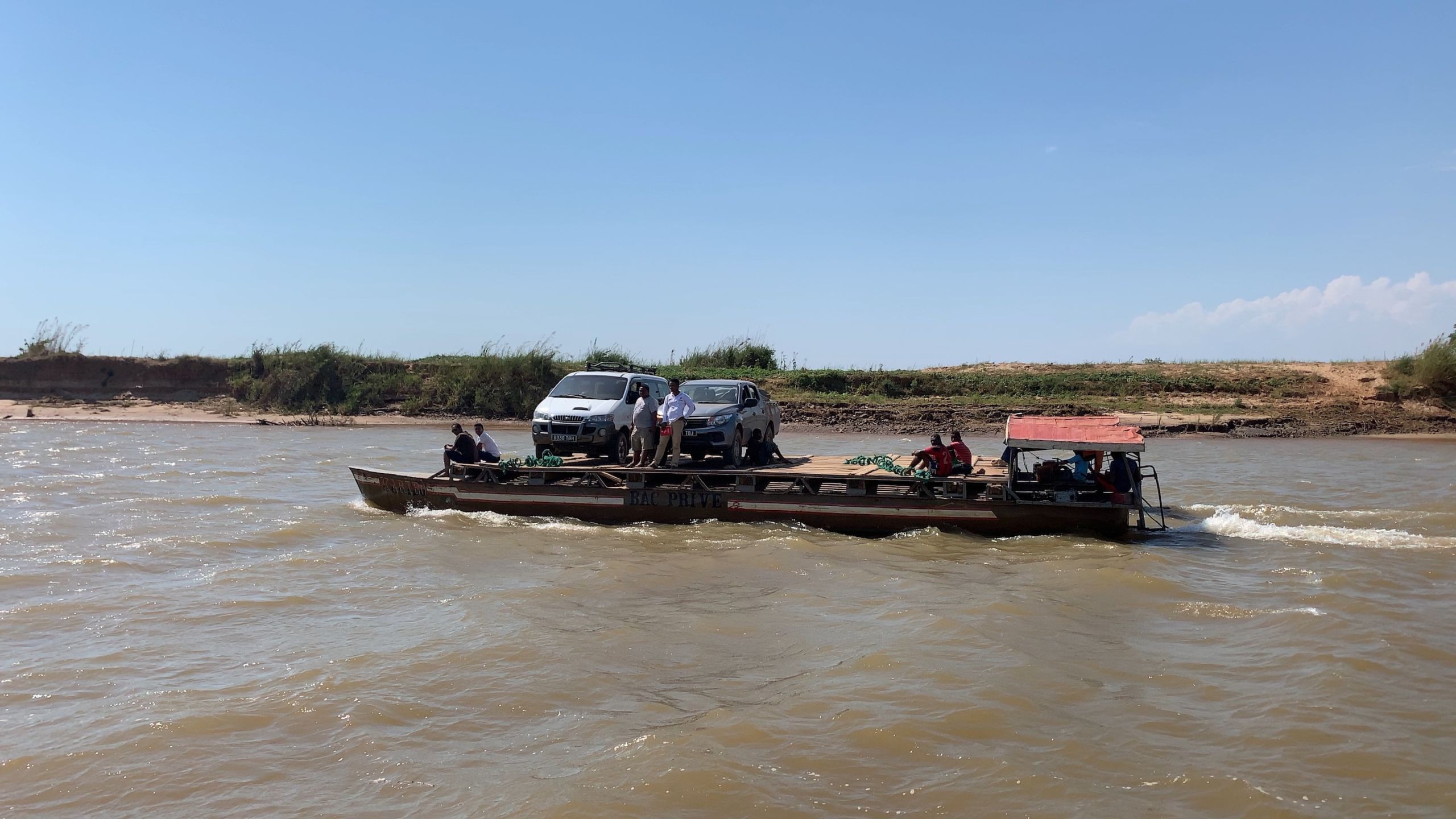


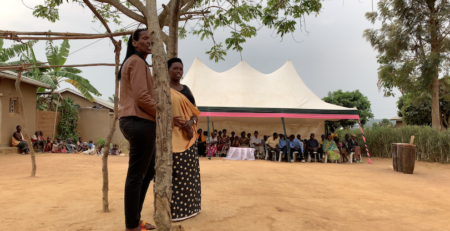
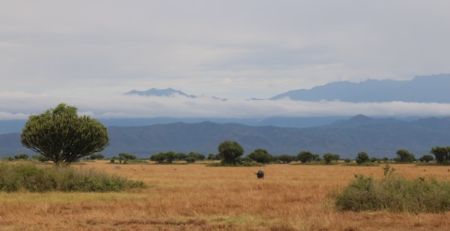


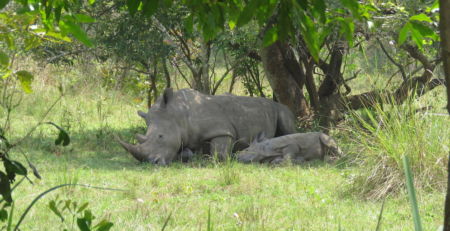



Leave a Reply